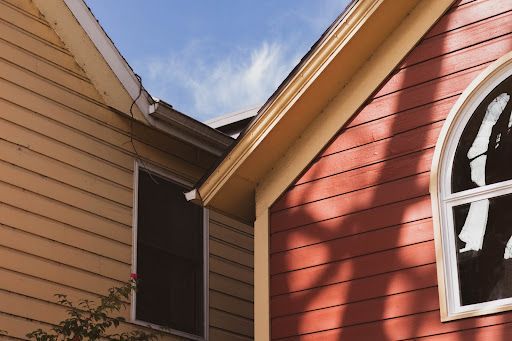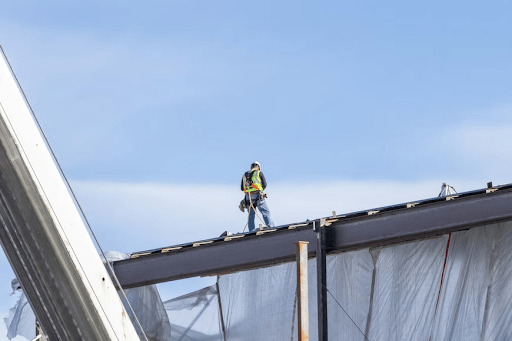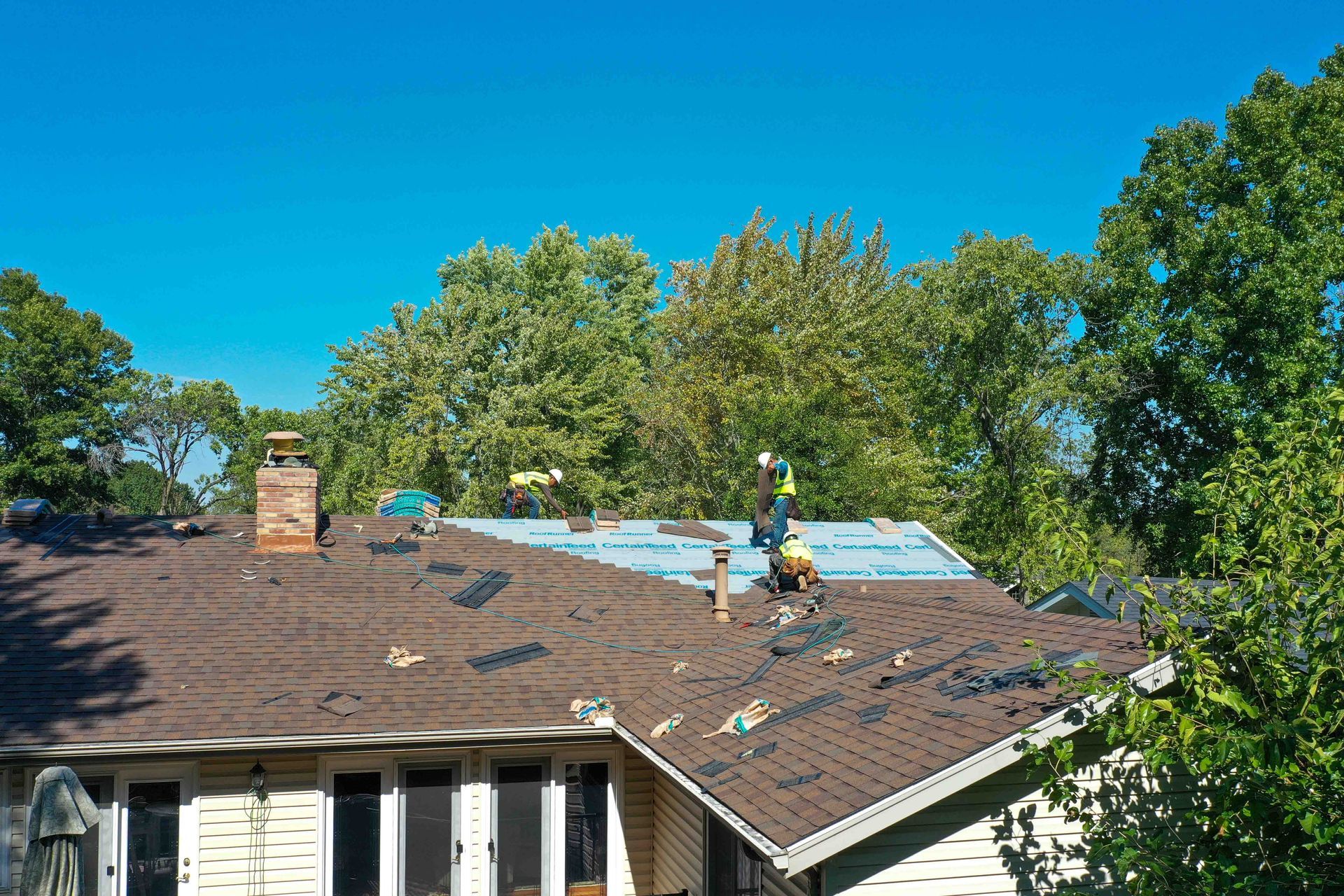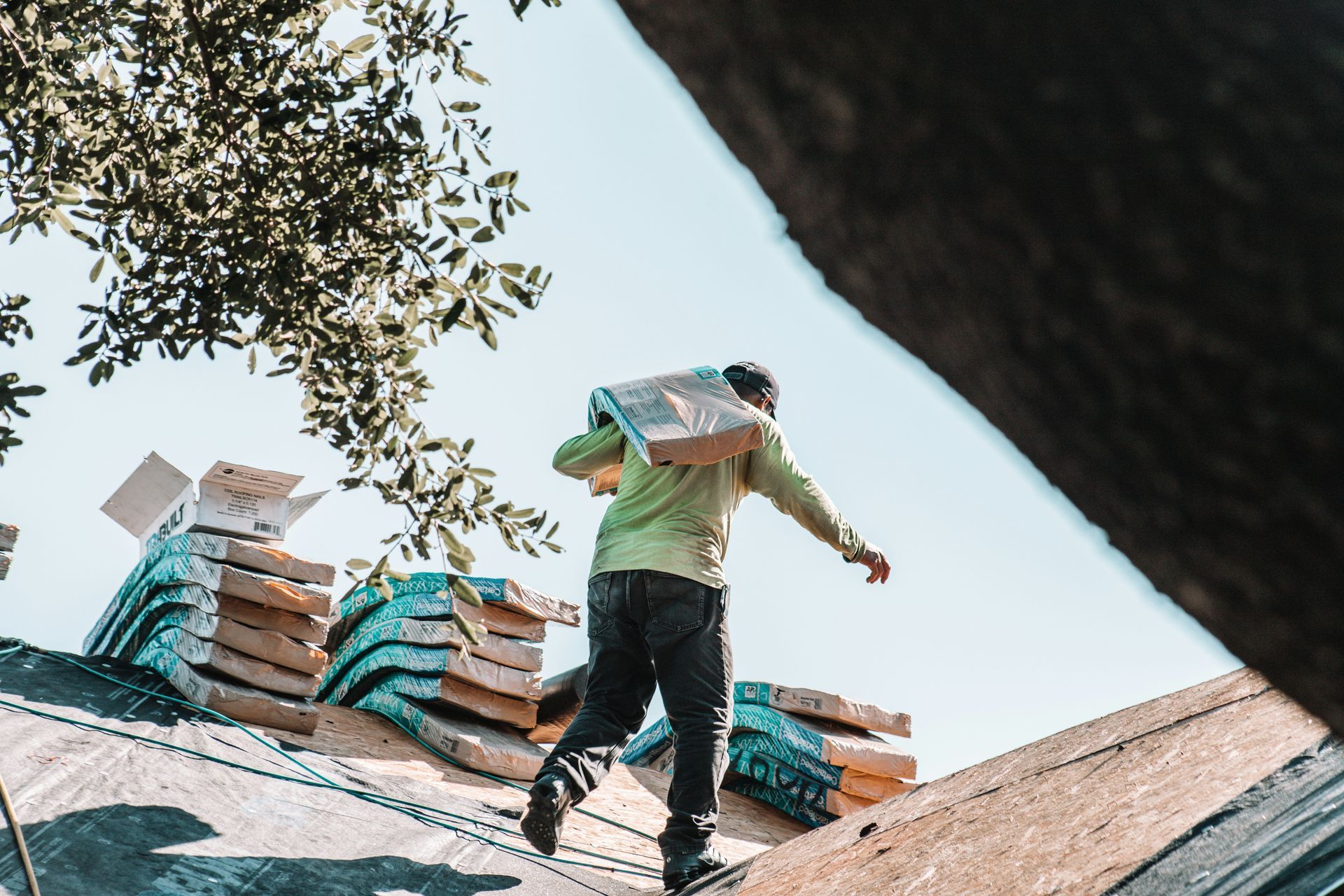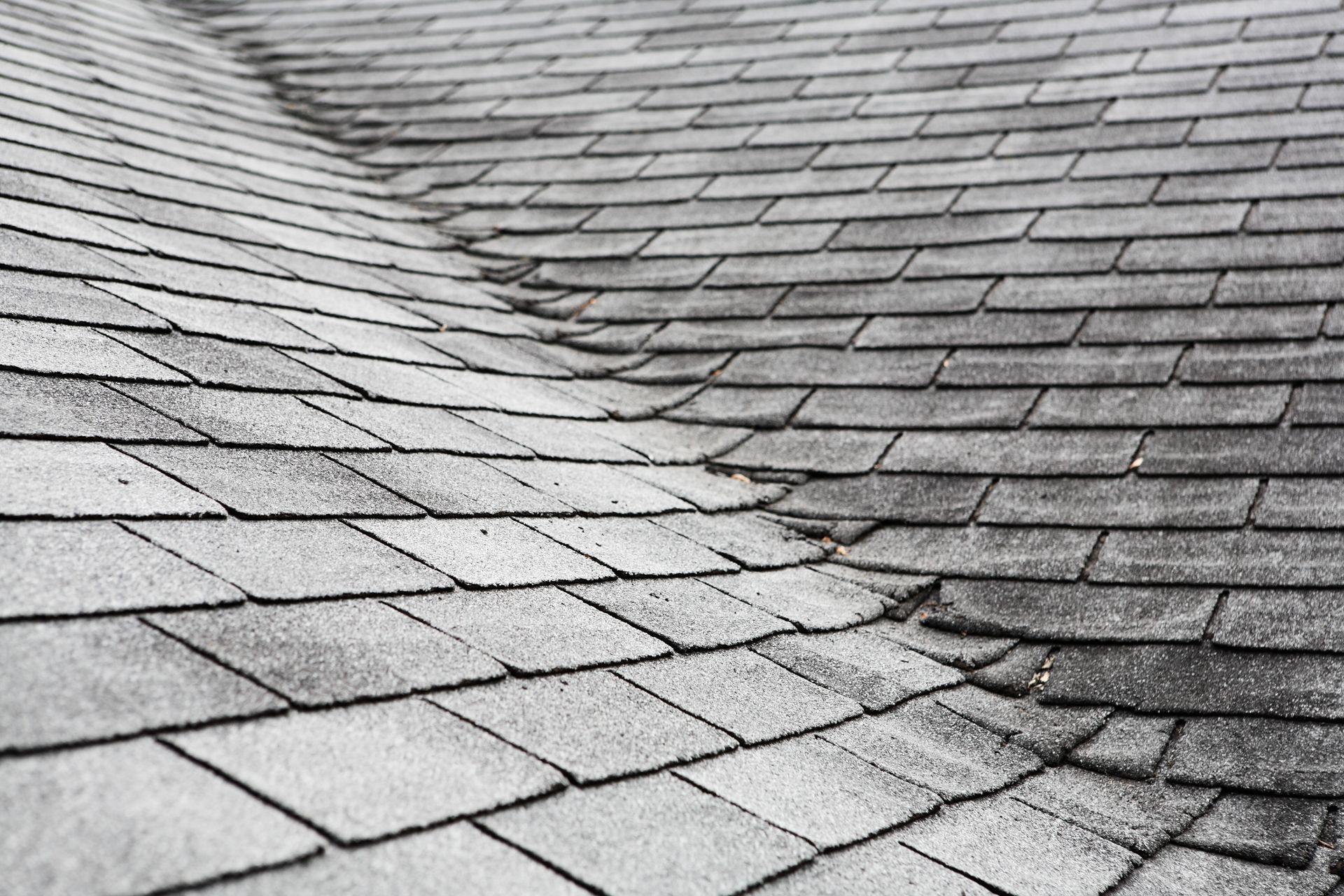CD STRONG BLOG
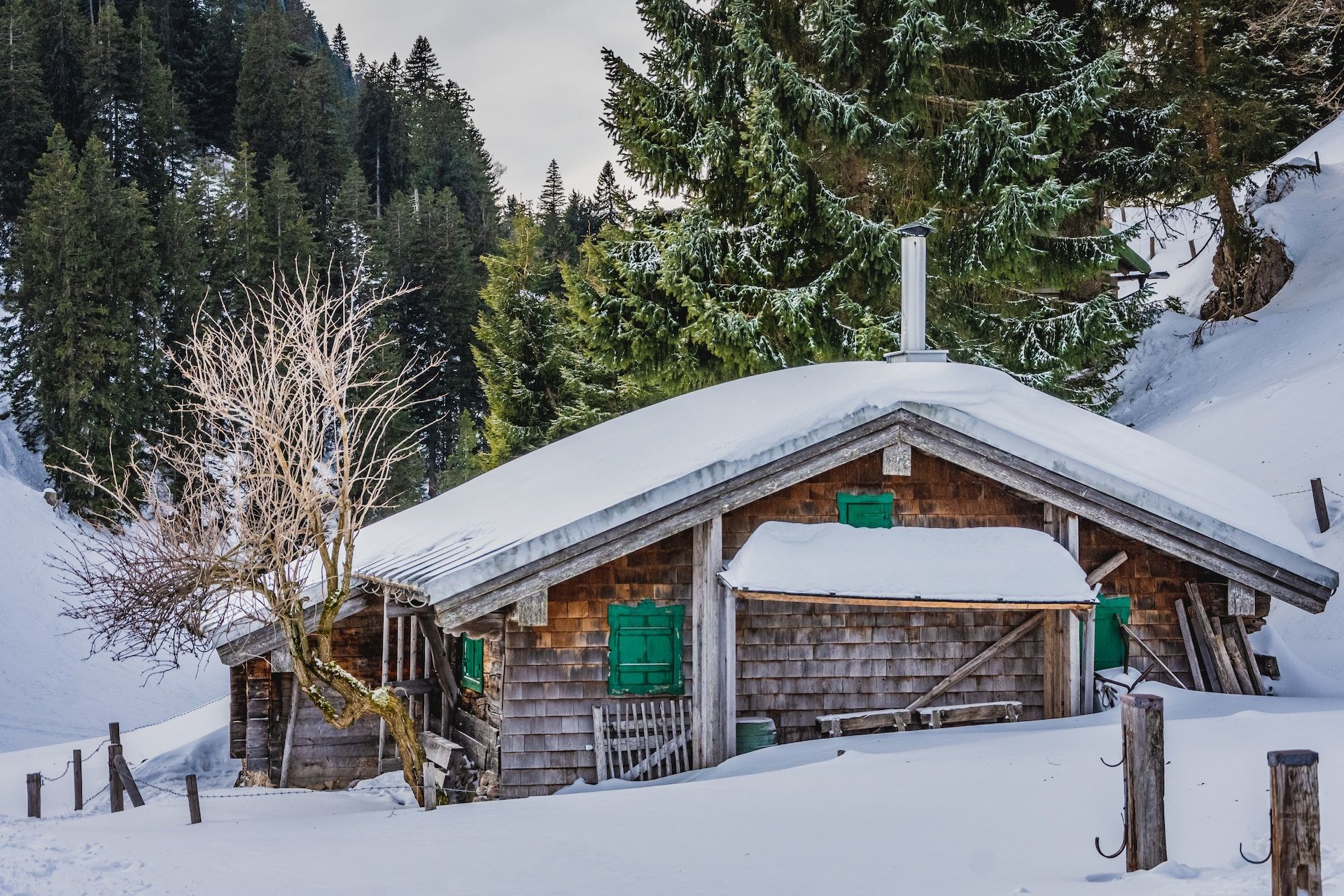
The Midwest is known for its unpredictable weather – especially during the winter. Homeowners can't ever 100% avoid property damage from weather issues, but they can prepare for each season and stay vigilant all year round. Let's examine how homeowners can keep their roofing, siding, and structures safe and secure during cold winters. Regular Roof Inspections Before the winter chill sets in, thoroughly inspect your roof; missing or damaged shingles can compromise the integrity of your roof, making it susceptible to leaks and water damage. Schedule regular roof inspections to identify and address any issues promptly. Investing in professional roofing services can provide a detailed assessment of your roof's condition and ensure it's ready to withstand the winter weather. Gutter Maintenance One often overlooked aspect of winter home maintenance is gutter care. Clean and debris-free gutters are crucial for proper water drainage, preventing ice dams and potential damage to your roof and siding. Remove leaves, twigs, and other obstructions from your gutters to allow water to flow freely. Consider installing gutter guards to minimize the accumulation of debris and simplify maintenance tasks. Trim Tree Branches Overhanging tree branches pose a threat to your home during winter storms. Heavy snow and ice can weigh down branches, leading to potential damage to your roof and siding. Trim any branches near your roof to reduce the risk of falling debris. This proactive measure protects your home and enhances your property's safety during severe weather conditions.
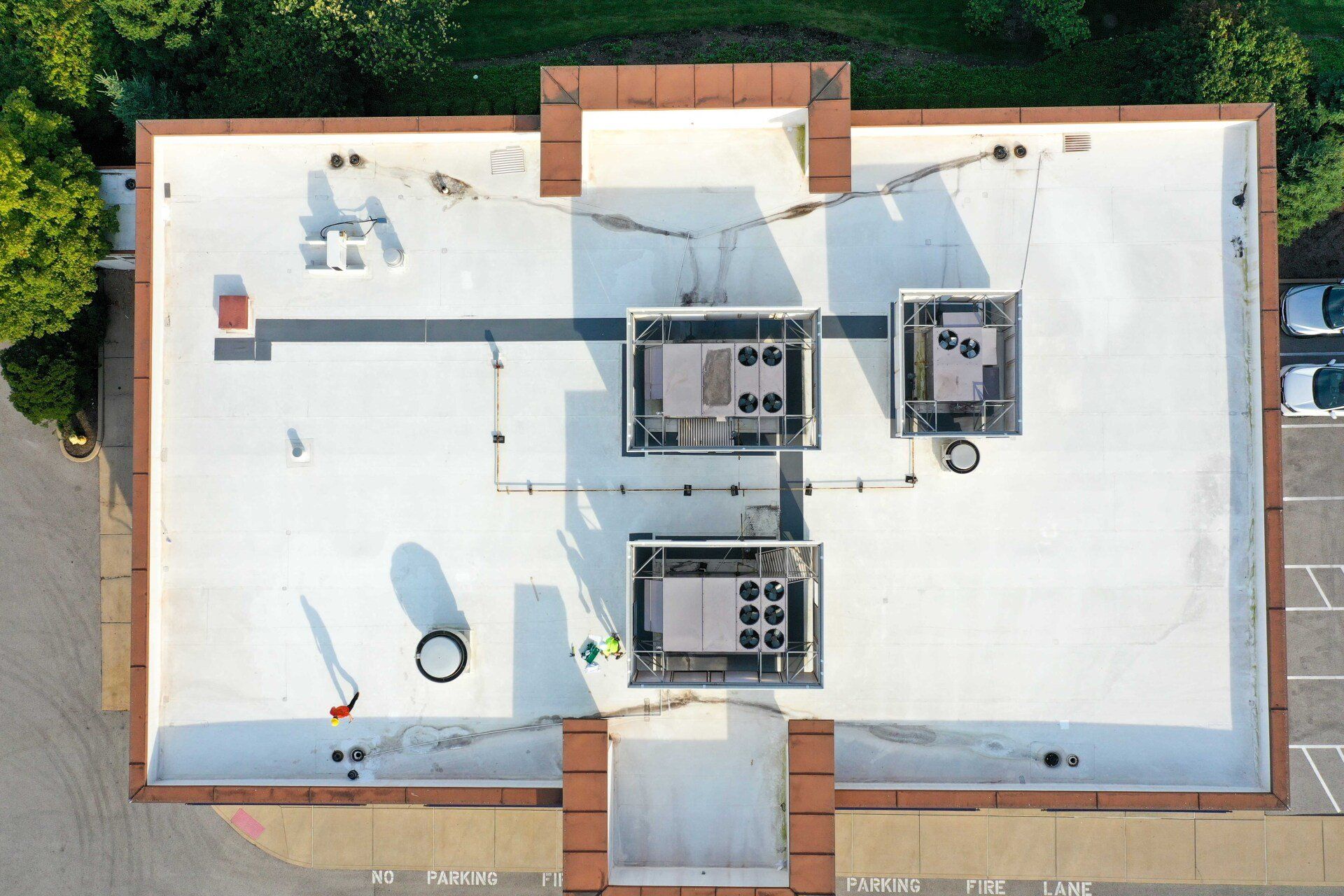
Commercial flat roofing is a popular choice for many businesses thanks to its design versatility, cost-effectiveness, and potential for creating functional spaces. However, like any roofing system, it requires careful consideration to ensure it meets the needs of your commercial property. In this blog post, we'll explore some of the top considerations for commercial flat roofing to help you make informed decisions for your building. Design Versatility Commercial flat roofing offers tremendous design versatility. It provides a sleek and modern look that complements many architectural styles. Additionally, it offers the advantage of usable rooftop space. Businesses can use flat rooftops for various purposes, such as creating urban gardens, installing and housing HVAC equipment, or providing an ideal location for incorporating solar panels. This versatility allows businesses to maximize their space efficiently. Materials One of the crucial decisions you'll need to make when considering a flat roofing system is the choice of roofing materials. Commercial flat roof construction can utilize various materials, including Built-Up Roofing (BUR), Single-Ply Membranes (TPO, EPDM, PVC), and Modified Bitumen. The choice of material should consider factors like budget, climate, and the specific needs of your building. Cost-Effectiveness Commercial flat roofing is generally cost-effective to install and maintain. The initial installation costs are typically lower than those of sloped roofs due to the reduced amount of material required. Moreover, the relatively easy access to the space simplifies maintenance, reducing long-term costs. Over time, this cost-effectiveness can lead to substantial savings for commercial property owners. Durability Properly installed and maintained commercial flat roofs can have a long lifespan, with some materials lasting up to 30 years or more. This durability makes it an excellent choice for businesses looking for a long-term roofing solution. However, regular inspections and maintenance are essential to ensure the roof remains in good condition and reaches its expected lifespan. Drainage Systems A key consideration for flat roofing is proper drainage. Water can pool on the roof's surface without adequate drainage, leading to leaks and potential structural damage. Commercial flat roofing often incorporates internal drains, scuppers, or tapered insulation to facilitate proper water drainage. Ensuring that your roof has an effective drainage system is critical to its performance and longevity.
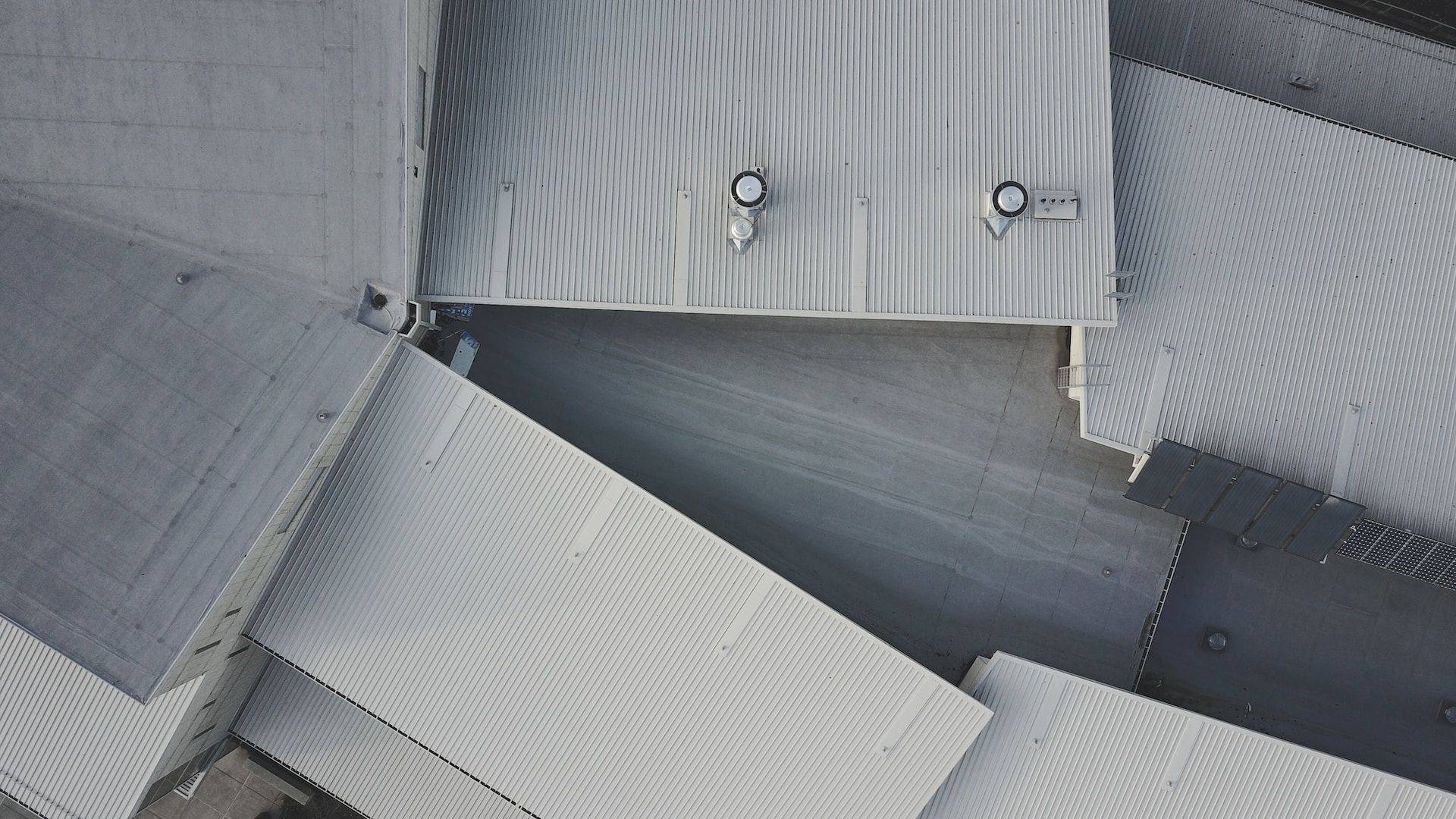
When you own a commercial property, tasks always demand your attention. Building maintenance, parking lot fixes, and operations inside the building are all on a business owner's mind at any time. One of the most critical parts of building maintenance is your roof. The building's roof and exterior are your first defense against the elements and your first impression for visitors/customers. Whether you're looking to repair your current commercial roof or are interested in a replacement, there are many considerations. Understanding the Difference: Commercial vs. Residential Roofing First, it's essential to recognize the distinctions between commercial and residential roofing. Commercial roofs come with challenges and requirements due to the buildings' larger scale and unique usage. Unlike residential roofs, commercial roofs often have more complex designs, larger spans, and specific considerations for equipment and HVAC installations. These needs underscore why property owners should use specialized expertise and equipment for commercial roofing projects. Choosing the Right Roofing Material One of the critical decisions in commercial roofing is selecting the appropriate roofing material. Several options are available, each with its advantages and considerations. TPO, EPDM, PVC, and metal are among the popular choices. TPO and EPDM offer durability and energy efficiency, while PVC boasts exceptional chemical resistance. Metal roofing provides longevity and a modern aesthetic. Factors like cost, maintenance, energy efficiency, and the building's unique needs should guide your choice. Exploring Roof Styles for Commercial Buildings The style of your commercial roof matters both aesthetically and functionally. Flat roofs, sloped roofs, and even green roofs have benefits and considerations. Flat roofs are known for their simplicity and cost-effectiveness but require proper drainage systems to prevent ponding water. Sloped roofs offer better water runoff and more design possibilities. Green roofs provide environmental benefits by reducing heat absorption and promoting biodiversity. Your chosen style should align with your building's purpose and local climate. Ensuring Business Continuity During Roofing Projects A common concern among business owners is how roofing projects might disrupt operations. However, strategic planning and open communication between the roofing company and the property owners can help minimize disruption to operations. Scheduling work during off-peak hours or temporarily relocating specific activities can help maintain business continuity. Close coordination between the roofing contractor and business owner is crucial to align expectations and timelines. Prioritizing Safety in Commercial Roofing Safety is non-negotiable in any roofing project. And safety standards apply to the roofing crew, building occupants, and visitors. Proper safety measures, such as fall protection systems and adequate equipment, should be in place to prevent accidents. Adhering to industry regulations and standards ensures that the project proceeds without incident. Effective Techniques and Timelines A well-executed commercial roofing project involves a series of systematic steps. Each phase contributes to the project's success from initial assessment to completion. Modern techniques and innovations have streamlined the process while maintaining quality. The timeline for a project depends on factors like the roof's size, chosen material, and prevailing weather conditions. However, working with experienced professionals can ensure efficiency and adherence to timelines. Benefits of Professional Commercial Roofing Services The advantages of hiring seasoned professionals for your commercial roofing needs are manifold. With its expertise and industry connections, a solid local roofing company can recommend the most suitable materials and techniques for your project. Quality materials and craftsmanship contribute to the longevity of your roof, saving you money in the long run. Additionally, many professional roofing services offer extended warranties, giving you peace of mind knowing your investment is protected. Navigating Roofing Repairs and Maintenance Regular maintenance and prompt repairs are essential to prolonging the lifespan of your commercial roof. Regular inspections help identify potential issues early on, preventing minor problems from escalating into major ones. The roofing team can address common issues like leaks, ponding water, or membrane damage to avoid costly damage to your property. By investing in routine maintenance, you're safeguarding your business's assets and minimizing unexpected expenses.
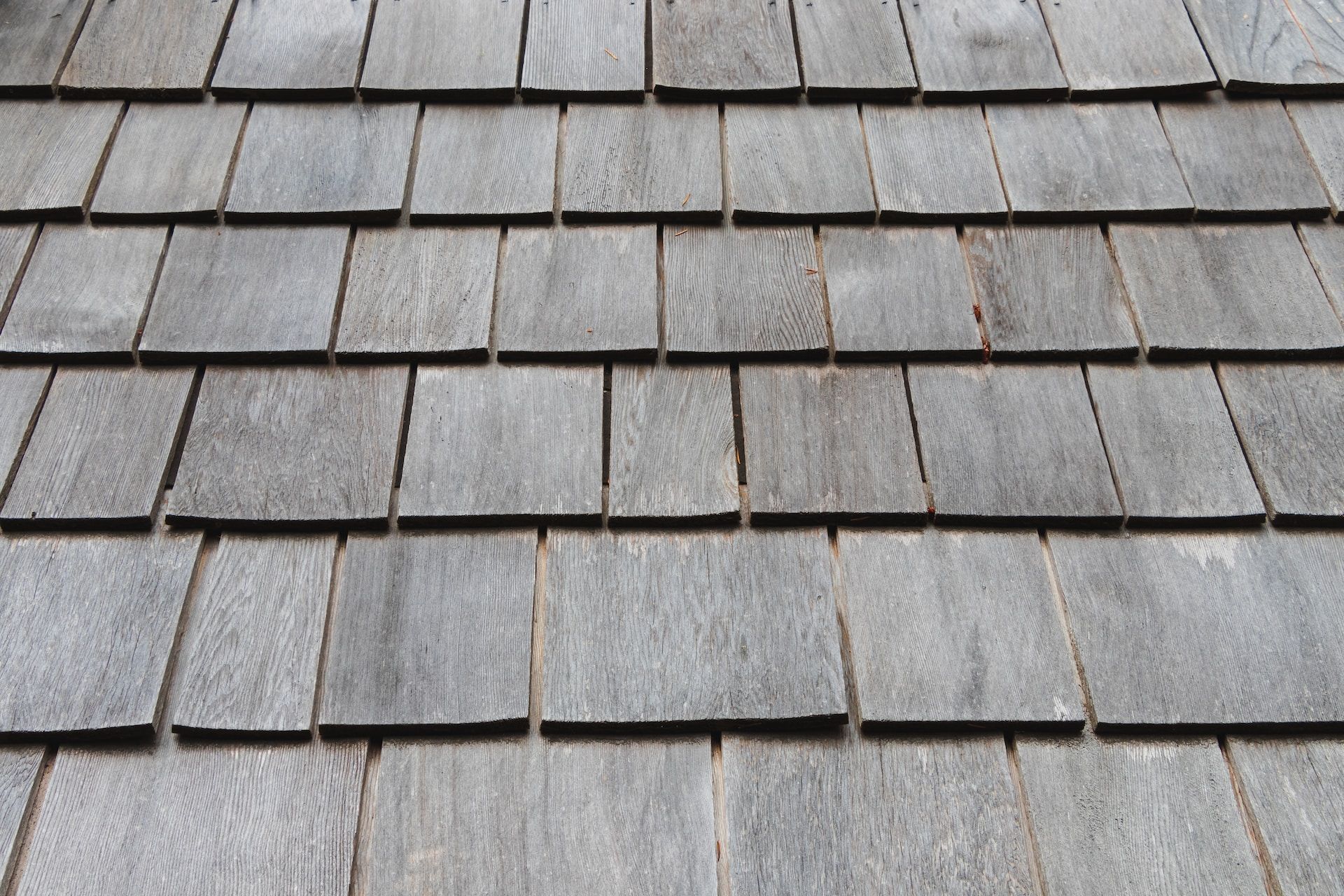
When building or renovating a home, the choices are endless. And every choice you make as a homeowner impacts the story and longevity of your home. So, when you are making choices for one of the most critical protective parts of the house – the roof – you want to make the best choices possible given your situation. A common question homeowners have when they build a new roof is whether they should use wood or asphalt composition shingles. Let's examine both choices so you can decide which material is best for your home. Wood Shingles Wood shingles are known for their natural and timeless beauty. These shingles are made from cedar, redwood, or pine, bringing a warm and rustic charm to any home. One of the primary advantages of wood shingles is their aesthetic appeal, as they blend seamlessly with traditional or historic architecture. Additionally, wood shingles are considered environmentally friendly since they are made from renewable resources and can be recycled. Advantages of Wood Shingles Another advantage of wood shingles is their insulation properties. Wood naturally provides excellent insulation, helping to regulate temperature and reduce energy costs. Moreover, the natural properties of wood allow for better ventilation, preventing moisture buildup and potential issues like mold or rot. Drawbacks of Wood Shingles However, it's also essential to consider the downsides of wood shingles. One major drawback is the higher initial cost compared to asphalt shingles. Wood shingles require expert installation and regular maintenance, including periodic treatments and inspections. They are also more vulnerable to weather conditions and pests, which can lead to issues such as warping, cracking, or insect infestations. When building or renovating a home, the choices are endless, and every choice you make as a homeowner impacts the story and longevity of your home. So, when choosing one of the most critical protective parts of the house – the roof – you want to make the best choices possible given your situation. A common question homeowners have when they build a new roof is whether they should use wood or asphalt composition shingles. Let's examine both choices so you can decide which material is best for your home. Wood Shingles Wood shingles are known for their natural and timeless beauty. These shingles are made from cedar, redwood, or pine, bringing a warm and rustic charm to any home. One of the primary advantages of wood shingles is their aesthetic appeal, as they blend seamlessly with traditional or historic architecture. Additionally, wood shingles are known as an environmentally friendly option since they are made from renewable resources and can be recycled. Advantages of Wood Shingles Another advantage of wood shingles is their insulation properties. Wood naturally provides excellent insulation, helping to regulate temperature and reduce energy costs. Moreover, the natural properties of wood allow for better ventilation, preventing moisture buildup and potential issues like mold or rot. Drawbacks of Wood Shingles However, it's also essential to consider the downsides of wood shingles. One major drawback is the higher initial cost compared to asphalt shingles. Wood shingles require expert installation and regular maintenance, including periodic treatments and inspections. They are also more vulnerable to weather conditions and pests, which can lead to issues such as warping, cracking, or insect infestations.



